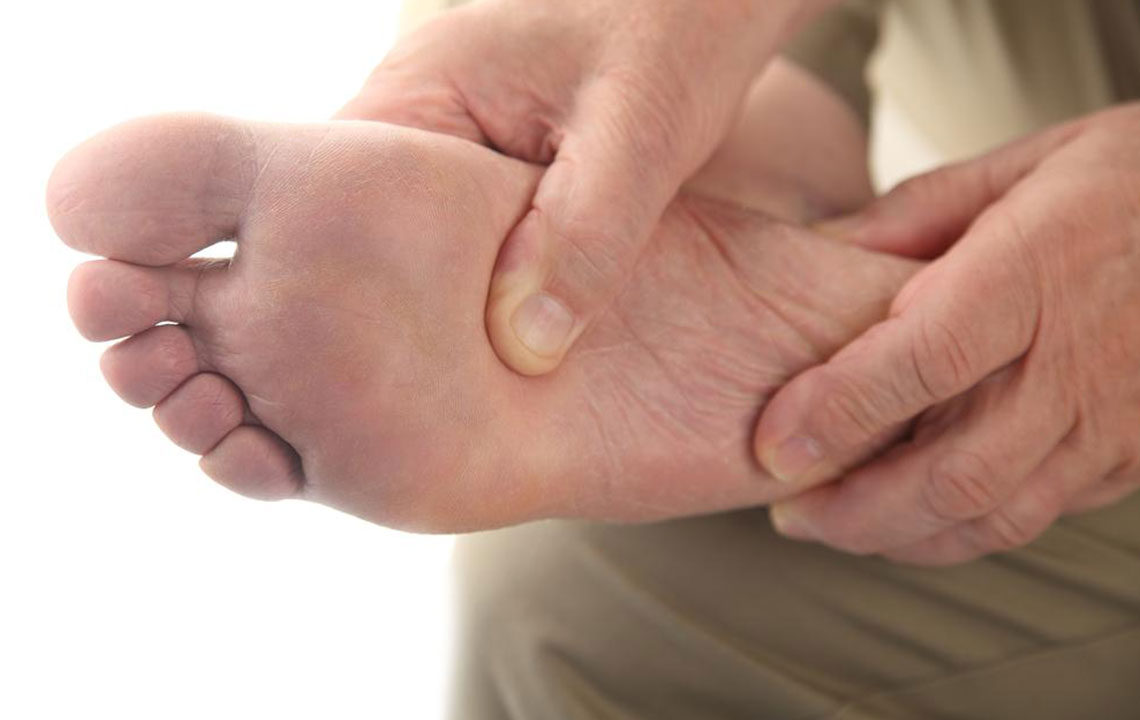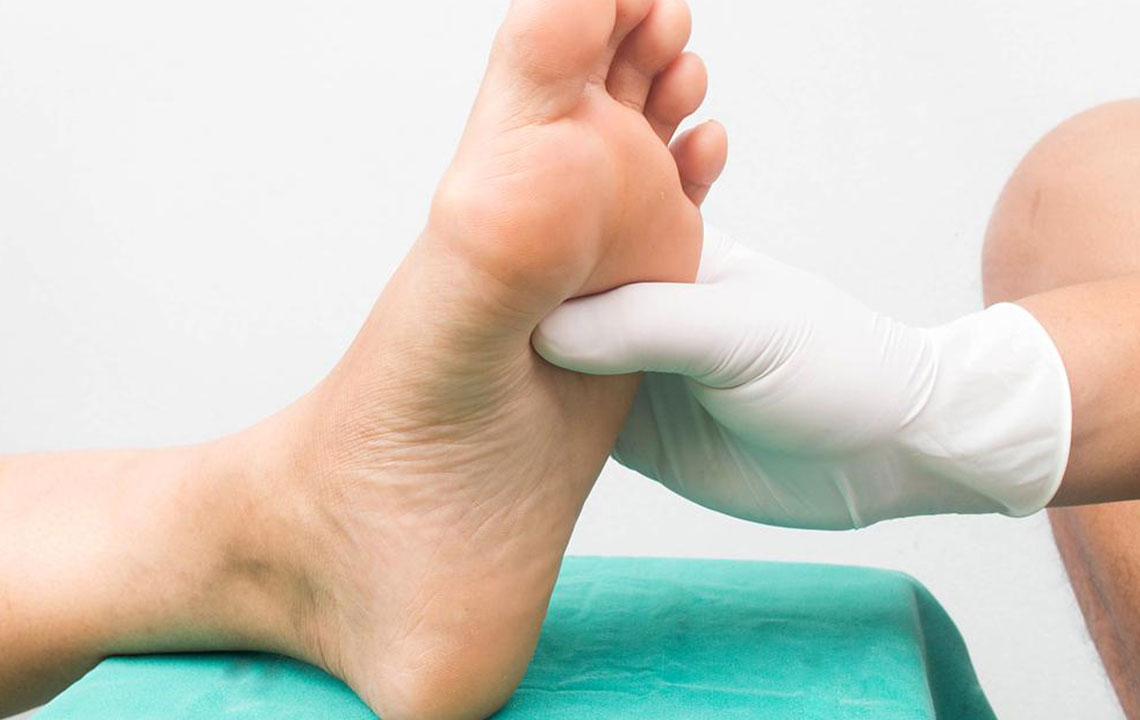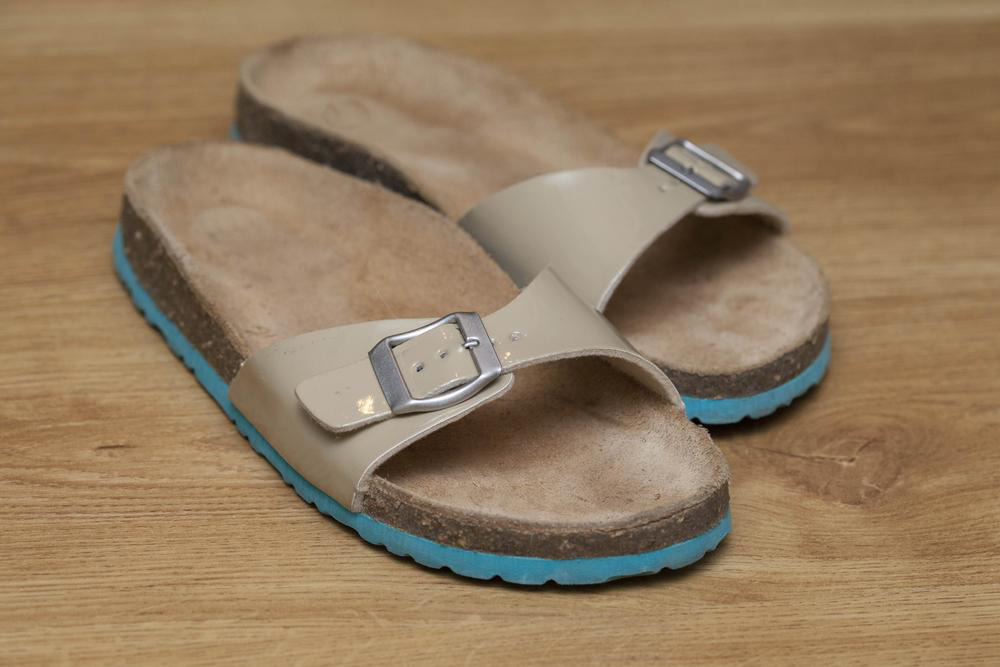The Vital Role of Proper Footwear in Effective Diabetes Management
Proper footwear plays a vital role in managing diabetes and preventing foot complications. This comprehensive guide highlights the importance of specialized diabetic shoes, their features, and how they support foot health, circulation, and overall quality of life. Learn why choosing the right footwear, combined with good foot care habits, can significantly reduce the risk of ulcers and severe infections for diabetic individuals.

The Critical Importance of Specialized Shoes for People Living with Diabetes
Diabetes is a chronic condition affecting millions worldwide. Currently, approximately 371 million people are living with diabetes, yet countless individuals remain unaware of their diagnosis. Proper management of this metabolic disorder extends beyond medication and lifestyle changes—it includes attentive foot care, which is often overlooked but essential for preventing serious complications. Effective diabetes management demands comprehensive health monitoring, adherence to medical advice, and lifestyle adjustments, including footwear choices that cater specifically to the needs of diabetic patients.
Diabetes can arise from various causes, including autoimmune destruction of insulin-producing cells, genetic predisposition, or metabolic issues. Regardless of its origin, the consequences of unmanaged diabetes can be severe, leading to complications like nerve damage, poor circulation, and infections. Many patients may not initially notice symptoms, and because the early signs often seem minor, neglecting proper foot care can result in dangerous outcomes. That’s why understanding the importance of appropriate footwear is vital for diabetic individuals to maintain foot health and prevent long-term damage.
People with diabetes are at increased risk of developing peripheral neuropathy—a condition characterized by numbness, tingling, or loss of sensation in the feet. This condition diminishes their ability to detect injuries or infections early, increasing the risk of developing ulcers, infections, and even amputations if untreated. Foot injuries or minor wounds could go unnoticed for days, leading to infections that are difficult to heal, particularly because diabetes impairs blood flow and immune response.
To mitigate these risks, healthcare professionals often prescribe specially designed footwear tailored to the needs of diabetic patients. These shoes are not ordinary shoes—they are scientifically engineered to provide maximum protection, support, and comfort. Incorporating various features, diabetic footwear aims to preserve foot health, improve mobility, and enhance overall quality of life for those managing diabetes.
Why is Proper Footwear Critical for Diabetic Patients?
Choosing the right footwear is a cornerstone of diabetic foot care. It’s not just about comfort; it’s about preventing injury and complications that can arise due to nerve damage and poor circulation. Here are several reasons why investing in appropriate diabetic shoes is essential:
Enhanced Comfort and Support: Diabetic shoes are specially designed to provide stability and reduce pressure points on the feet. They typically feature soft, cushioned insoles and wide toe boxes that distribute weight evenly, minimizing stress on vulnerable areas. This helps prevent calluses, blisters, and open sores, which are common precursors to more serious infections.
Protection Against Injury: The extra space and cushioned environment in diabetic footwear shield toes and other areas from accidental bumps or abrasions. Their open design reduces friction and prevents the formation of painful corns and calluses that can develop into ulcers if left untreated.
Promotion of Healthy Blood Circulation: Properly fitted diabetic shoes help improve blood flow in the feet, which is crucial because damages from diabetes often impair circulation. Good circulation supports faster healing of wounds and reduces the risk of ulcers and infections.
Relief from Foot Pain: Soft materials, lightweight design, and ergonomic construction make diabetic footwear ideal for individuals experiencing swelling or discomfort. These shoes ease pressure, reduce pain, and support long-term use, allowing patients to maintain their daily activities and stay active.
Stylish and Functional Options: Modern diabetic footwear is no longer bland or purely functional. Today’s shoes come in various colors, styles, and designs—including athletic shoes, dress shoes, and casual footwear—so patients can choose options that suit their personal style and occasions without compromising foot health.
Role of Healthcare and Lifestyle in Diabetes Foot Care
Alongside wearing suitable footwear, managing a healthy lifestyle and adhering to medical guidelines are fundamental for preventing foot complications. Maintaining blood sugar levels within target ranges, following a balanced diet, engaging in regular exercise, and avoiding smoking are crucial. Regular foot inspections, either by oneself or with a healthcare provider, help catch early signs of problems and prevent escalation.
In addition to proper footwear, patients should keep their feet clean and moisturized, avoid walking barefoot, and seek immediate medical attention if they notice any cuts, blisters, redness, or swelling. Educating oneself about diabetic foot care can significantly reduce the risk of severe outcomes, including amputations.
The Future of Diabetic Footwear
Innovation in diabetic footwear continues to evolve, with advancements in material technology, customization, and design. There are now options that incorporate breathable fabrics, antimicrobial properties, and smart features such as embedded sensors that monitor pressure points or alert wearers to potential problems. These innovations aim to provide proactive solutions to protect foot health, increase comfort, and improve the overall quality of life for diabetic patients.
Being proactive in foot care through the proper selection and consistent use of diabetic footwear is a simple yet powerful step toward managing diabetes effectively. Patients who prioritize foot health alongside medical treatment can significantly reduce the risk of complications and maintain independence and mobility longer.





